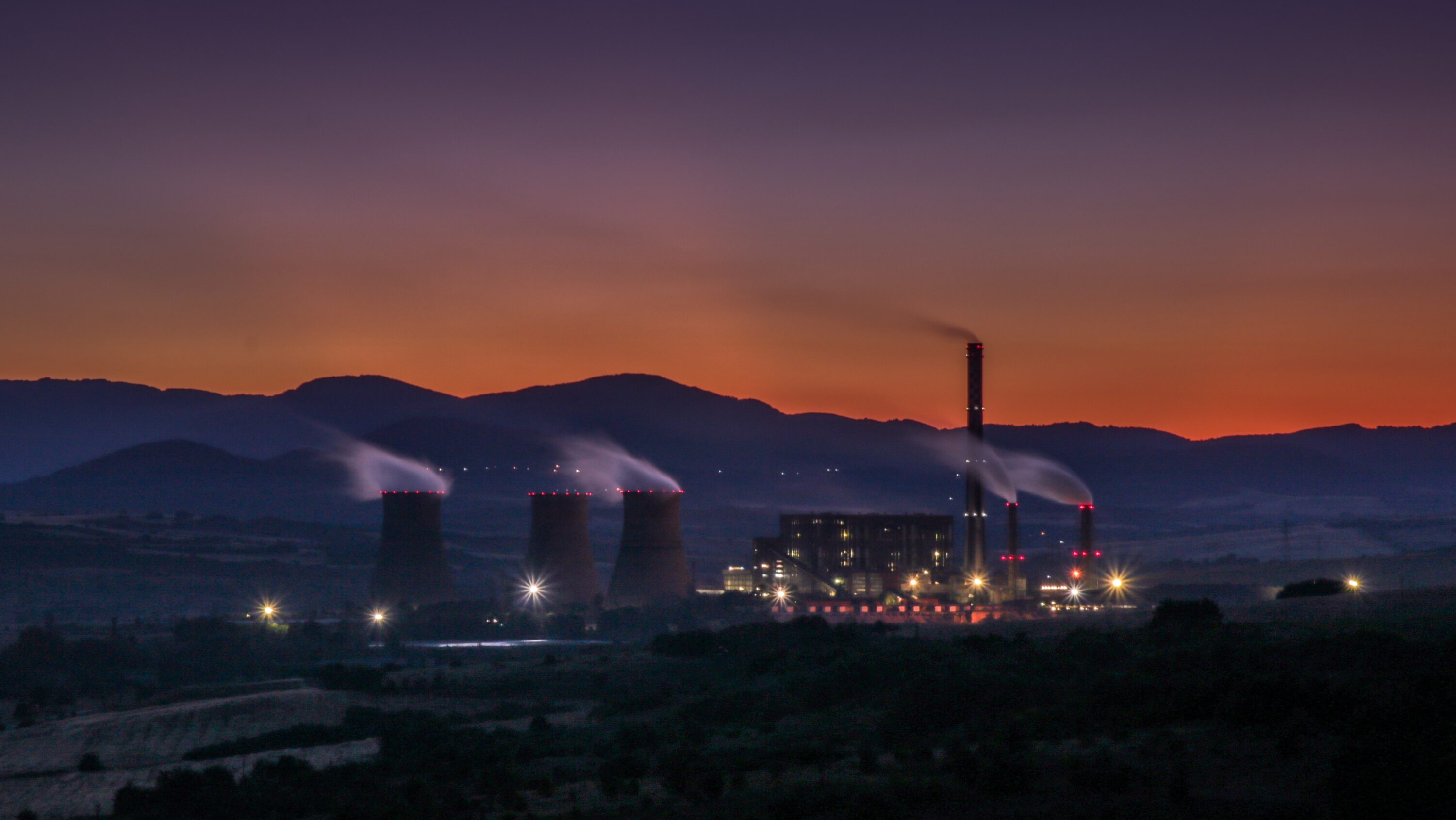By ERIC HE
A Los Angeles City Council committee recommended Thursday to move forward with a controversial plan to shift the Scattergood Generating Station, a power plant in Playa Del Rey, to be powered by green hydrogen instead of natural gas.
The council’s energy committee voted 2-1 to recommend approval of a competitive bid proposal process for the estimated $800 million plan, over the objections of some environmental groups concerned about the impact of green hydrogen on climate and lack of transparency from officials.
The city council sent the item back to the committee after it had originally waived consideration of the item. The proposed ordinance would authorize the LADWP to award a contract for the project.
Council President Paul Krekorian, who sits on the committee, called the plan necessary for Los Angeles to meet its goal of achieving 100% clean energy by 2035.
“The easiest thing to do is to say, `Climate change is a crisis,”‘ Krekorian said. “It’s a lot harder to figure out: How do we address climate change in a city of four million people and ensure that we can keep the lights on?”
Without a significant generating resource at Scattergood, the city would see energy reliability issues, according to Krekorian.
Krekorian added that the committee was voting on just the procurement process, and “nothing involved in our vote today means that there will be a hydrogen plant that goes forward next month.”
According to a resolution approved by the Board of Water and Power Commissioners in August, the shift to green hydrogen would help the department reach its goal of transitioning to 100% renewable energy by 2035.
But environmental groups have pushed back. According to Food & Water Watch, hydrogen still produces emissions that can threaten the climate, would require more than 122 million gallons of water to power the plant and cost more than solar, wind or battery storage.
Jasmin Vargas, senior policy advisor at Food & Water Watch, told City News Service that she believes the community was cut out from the process. She said officials have not provided specifics about the amount of emissions that would be released, the impact on nearby residents and how the hydrogen would be stored.
“That’s very concerning,” Vargas said. “There are easy questions we’re asking that we still have no answers to. So how is (the committee) passing this forward without having those solutions, those answers or having alternatives?”
Vargas called the process of the ordinance passing “perpetuating institutional racism,” with the end result disproportionately impacting Black and Brown communities. She wanted an alternative energy source that doesn’t combust hydrogen, and to shut down LADWP’s four plants in the Los Angeles Basin.
“We want all that energy to come from real renewable energy sources and community-driven solutions,” Vargas said.
Councilman Mike Bonin, who represents the Westside, submitted a letter to the energy committee voicing concerns about the project. Bonin stated that the full environmental impact of green hydrogen is “unclear” because it requires raw energy materials.
Bonin said that hydrogen projects are being propped up by oil and gas companies, which may be hoping to blend hydrogen into their operations.
“We need clear guarantees that all raw materials used at Scattergood will be from 100% renewable energy sources,” said Bonin, who leaves office in less than two weeks.
Bonin proposed narrowing the definition of green hydrogen to exclude hydrogen blending and combustions, and requiring all bidders for the contractor to detail environmental justice impacts.
The councilman also called for any proposal to note impacts on communities of color, stating that the infrastructure could take away space for parks, canopies and other community spaces “that are desperately needed to reduce the racially disparate impacts of climate change.”
“This is especially concerning to the CD 11 communities surrounding the site,” Bonin said.
Another outgoing council member, Councilman Paul Koretz, voted against the item, believing that the committee was “jumping the gun” with green hydrogen. He said that lobbyists from SoCalGas “looked me in the eye and told me they intended to use hydrogen to keep the methane flowing for as long as possible,” noting his distrust for the utilities company.
“I do think we need to make the hard decision and the hard choices and do the work, but I’m just not there yet on this one,” Koretz said.
Councilman Mitch O’Farrell, who chairs the committee but is also leaving office in days, said the item has “drawn scrutiny, and rightfully so.” He said he delayed considering the item by months to provide more time for dialogue and outreach to environmental groups.
O’Farrell said that the goal is for Los Angeles to “define green hydrogen for the nation, ensuring that it is indeed 100% carbon free, done through electrolysis from renewable sources.” The plan moves Los Angeles forward to the complete elimination of fossil fuel in Los Angeles, O’Farrell added.
O’Farrell insinuated that those who claimed green hydrogen uses dirty energy because combustion is involved were falling for the “unwitting spread of inaccurate information” that is “so prevalent in social media channels.”
Marcelo DiPaolo, power engineering manager for LADWP, told the committee that hydrogen burns at lower temperatures, which reduces emissions.
The committee heard from several representatives of environmental groups asking for more review before moving the project ahead.
Marcia Hanscom, executive director of the Ballona Institute — a group working to preserve the Ballona Wetlands in Playa de Rey — said that Playa del Rey already has a gas storage facility that is a risk to the environment and surrounding neighborhood. The City Council last year called for the closure of that facility.
Hanscom said that if SoCalGas’ plan is to keep using methane gas while blending it with hydrogen, “we don’t need to have a facility that has even more explosive components of hydrogen added into it.”







